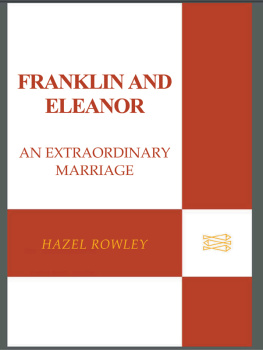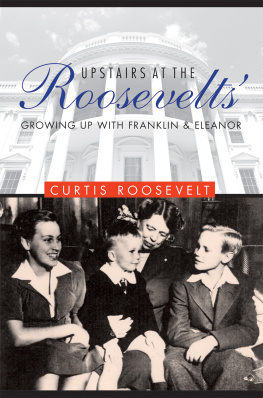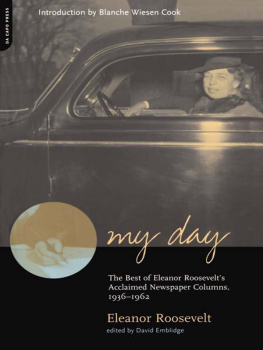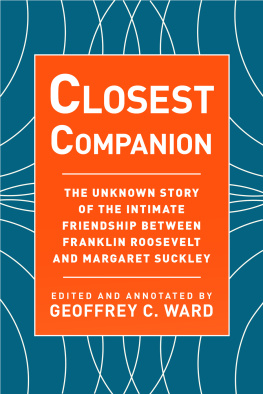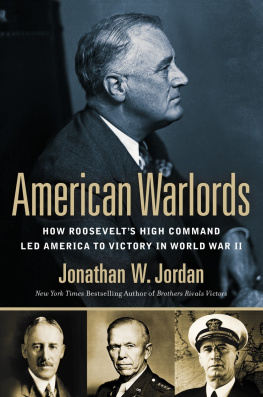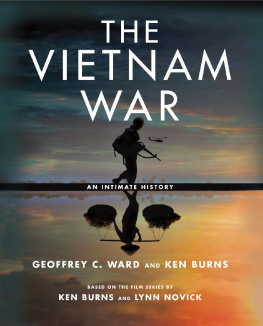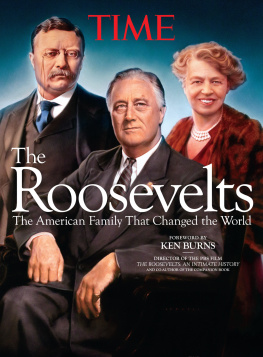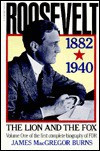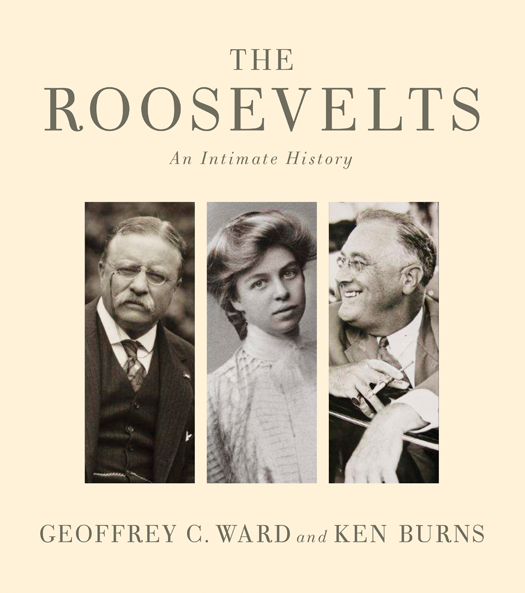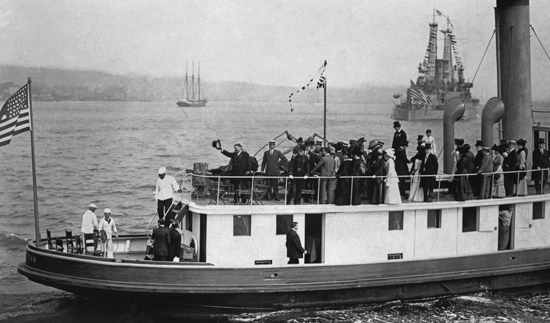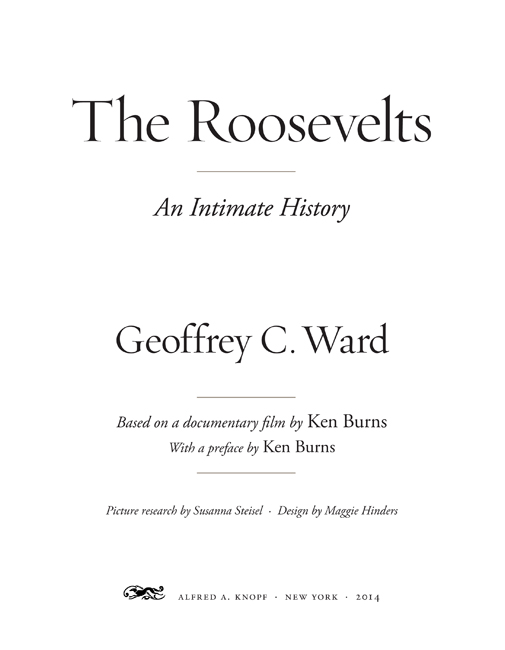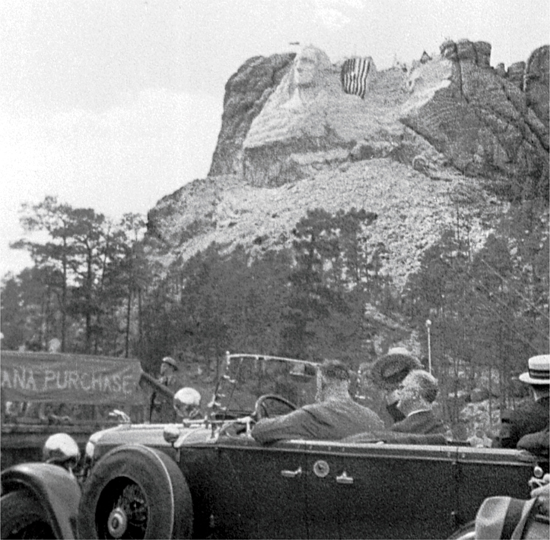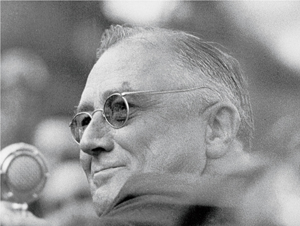Burns Ken - The Roosevelts : an intimate history
Here you can read online Burns Ken - The Roosevelts : an intimate history full text of the book (entire story) in english for free. Download pdf and epub, get meaning, cover and reviews about this ebook. City: Array, year: 2014, publisher: Knopf Doubleday Publishing Group;Alfred A. Knopf, genre: Non-fiction. Description of the work, (preface) as well as reviews are available. Best literature library LitArk.com created for fans of good reading and offers a wide selection of genres:
Romance novel
Science fiction
Adventure
Detective
Science
History
Home and family
Prose
Art
Politics
Computer
Non-fiction
Religion
Business
Children
Humor
Choose a favorite category and find really read worthwhile books. Enjoy immersion in the world of imagination, feel the emotions of the characters or learn something new for yourself, make an fascinating discovery.

- Book:The Roosevelts : an intimate history
- Author:
- Publisher:Knopf Doubleday Publishing Group;Alfred A. Knopf
- Genre:
- Year:2014
- City:Array
- Rating:4 / 5
- Favourites:Add to favourites
- Your mark:
The Roosevelts : an intimate history: summary, description and annotation
We offer to read an annotation, description, summary or preface (depends on what the author of the book "The Roosevelts : an intimate history" wrote himself). If you haven't found the necessary information about the book — write in the comments, we will try to find it.
A vivid and personal portrait of Americas greatest political family and its enormous impact on our nation, which expands on the hugely acclaimed seven-part PBS documentary series, bringing readers even deeper into these extraordinary leaders lives
With 796 photographs, some never before seen
The authors of the acclaimed and best-selling The Civil War, Jazz, The War, and Baseball present an intimate history of three extraordinary individuals from the same extraordinary familyTheodore, Eleanor, and Franklin Delano Roosevelt.
Geoffrey C. Ward, distilling more than thirty years of thinking and writing about the Roosevelts, and the acclaimed filmmaker Ken Burns help us understand for the first time that, despite the fierce partisanship of their eras, the Roosevelts were far more united than divided.
All the history the Roosevelts made is here, but this is primarily an intimate account, the story of three people who overcame obstacles that would have undone less forceful personalities.
Theodore Roosevelt would push past childhood frailty, outpace depression, survive terrible griefand transform the office of the presidency.
Eleanor Roosevelt, orphaned and alone as a child, would endure her husbands betrayal, battle her own self-doubts, and remake herself into the most consequential first lady in American historyand the most admired woman on earth.
And Franklin Roosevelt, born to privilege and so pampered that most of his youthful contemporaries dismissed him as a charming lightweight, would summon the strength to lead the nation through the two greatest crises since the Civil War, though he could not take a single step unaided.
The three were towering personalities, but The Roosevelts shows that they were also flawed human beings who confronted in their personal lives issues familiar to all of us: anger and the need for forgiveness, courage and cowardice, confidence and self-doubt, loyalty to family and the need to be true to oneself. This is the story of the Rooseveltsno other American family ever touched so many lives
Burns Ken: author's other books
Who wrote The Roosevelts : an intimate history? Find out the surname, the name of the author of the book and a list of all author's works by series.

